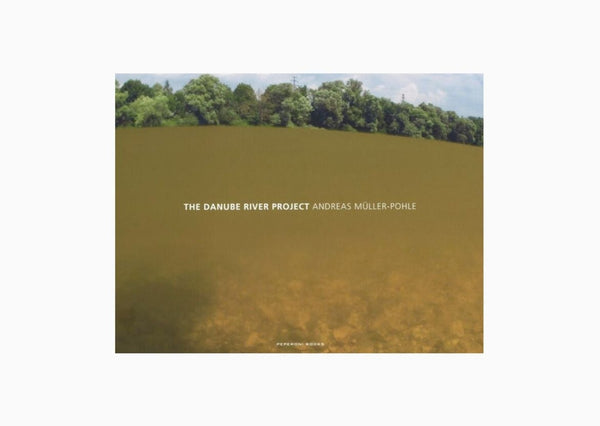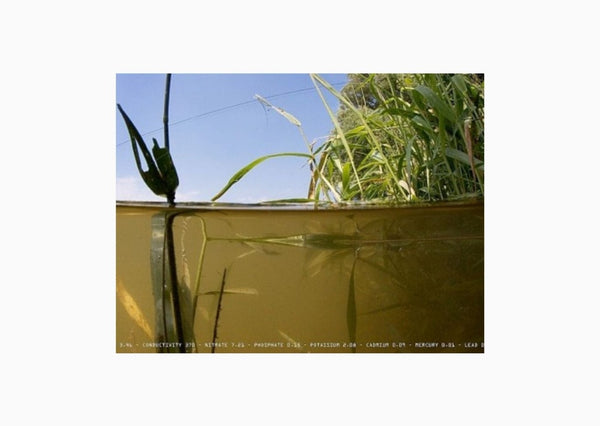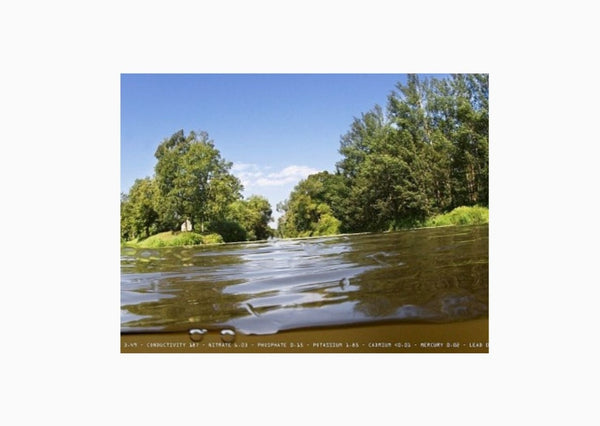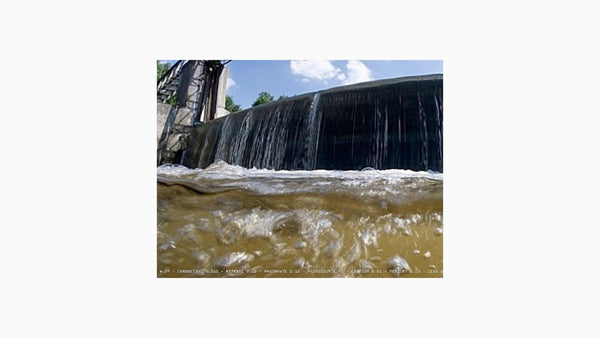



Andreas Müller-Pohle
The Danube River Project
Peperoni Books, Berlin — 2007
The Danube is still regarded as the epitome of the idyllic, being the only river in Europe flowing from West to East. If you follow its course to the delta, you traverse an enormous political terrain where ecological and economic interests clash with one another like irreconcilable figures in a saga. The two thousand kilometers along the course of the river between Bratislava and Sulina lie in the Soviet Union’s former sphere of influence. Now, with the fate of nation states, the vast history of the Danube’s cultural realm is re-emerging.
The German artist Andreas Müller-Pohle describes the river from out of the river. For each frame, he photographs under water, at the water surface, and the views to be had from the river, thereby bringing together the color of water, its movement and the cultural landscape, which is related to the river like a stage-set. So for Müller-Pohle, the castle in Bratislava seems like a delusion, an eye from which a final tear has just been brushed. The ruin of the bridge at Novi Sad has a poetic analogy in reeds that outline incomplete arcs. Müller-Pohle thus presents strange metaphors that make us feel as if we were seeing the river for the first time.